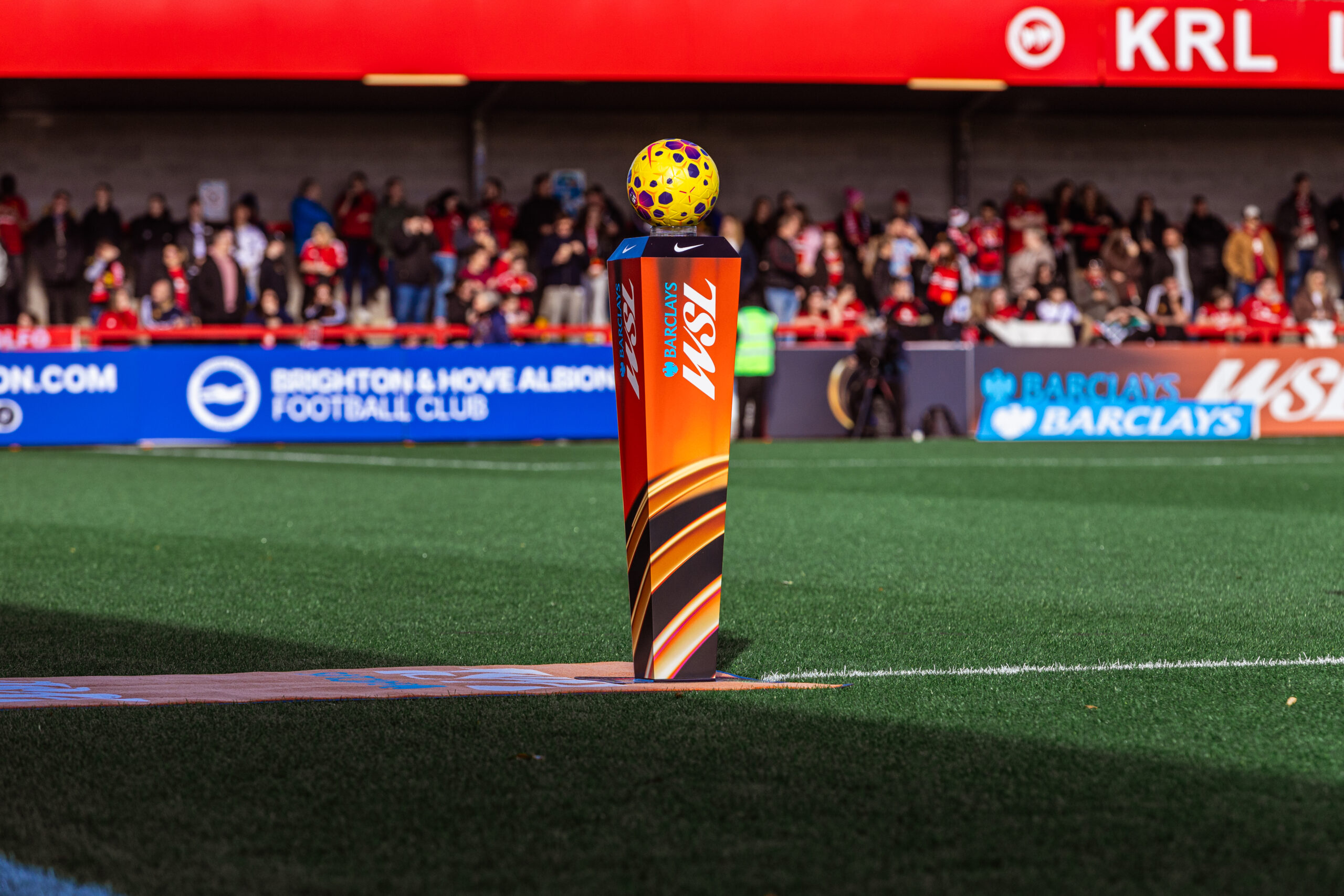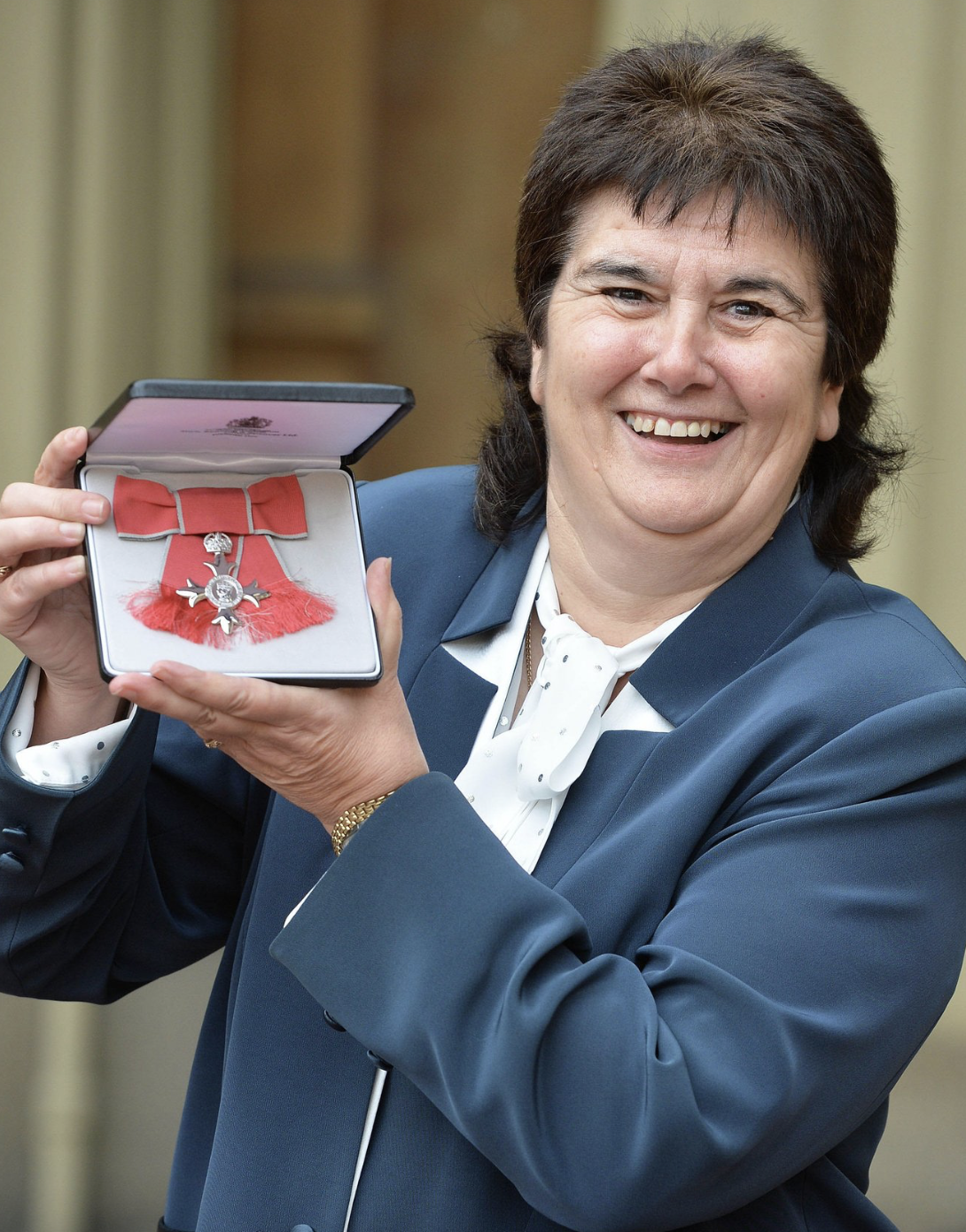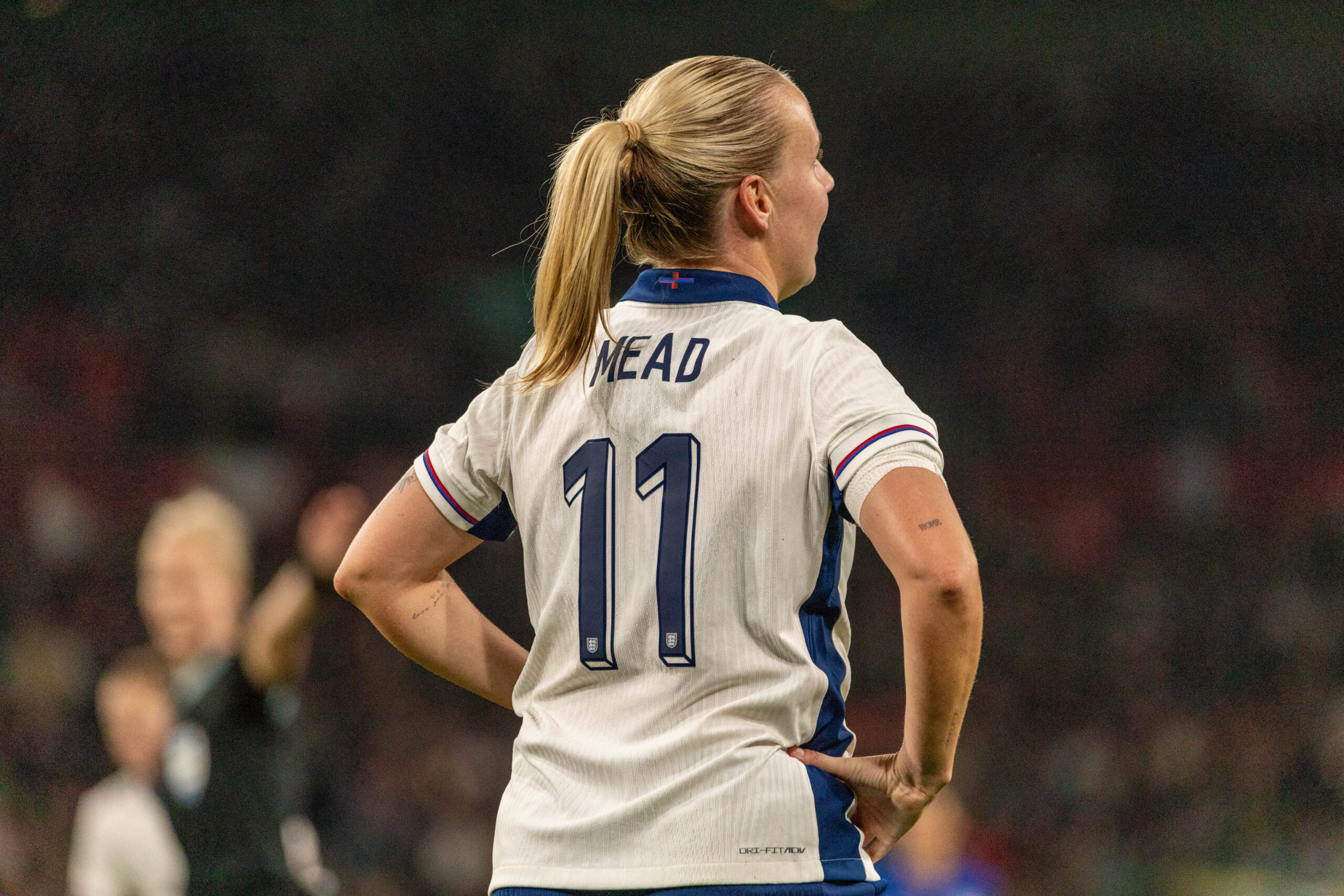You might not have heard of audio-descriptive commentary. Yet for many blind and visually impaired football fans, it’s a vital accessibility feature. So much so that, many of us wouldn’t be able to attend football matches without it. Without any form of audio commentary, blind and visually impaired people can be left with two choices: if they’re attending a match with a family member or friend then ask them to describe the match to them, or not go at all. No one should be forced to miss out on enjoying something they love due to a lack of accessibility. Everyone should have a choice.
Audio-descriptive commentary is making huge waves for accessibility. To understand its significance, we need to understand the difference between audio commentary and audio-descriptive commentary.
Audio commentary is how a commentator would deliver information on the radio or the TV.
Audio-descriptive commentary gives additional narration that describes extra detail like body language, facial expressions, actions, colours of clothing, scenery and anything else that’s relevant. When it comes to a football match, for audio-descriptive commentary, the commentator would give constant detail on the action on the pitch, rather than stats or summaries of action that’s already happened which is typical in audio commentary. It gives blind and visually impaired fans a full understanding of everything that’s happening, and means that they can fully enjoy the experience.
Many clubs are making great strides when it comes to accessibility. It’s brilliant to see the number of clubs offering audio-descriptive commentary growing each season. Arsenal, Brighton and Hove Albion, Everton, Leicester City, Manchester City and Newcastle United are just a few leading the way. Those names are reflective as clubs in their entirety, rather than specific to the women’s game – something we need to see more discussion of.
It’s important to note that information about audio-descriptive commentary is on the clubs accessibility pages, and in most cases, there is little, or no information on women’s matches. With a large proportion of women’s matches being played at smaller stadiums, blind and visually impaired fans are left to contact the accessibility team or do their own research with varying results.
Accessibility needs to be embedded across every single team and match.
With Arsenal playing the majority of their WSL matches in the 2024-25 season at Emirates Stadium, that’s a huge step for accessibility. Something that’s sadly been a hidden talking point is how huge this is for disabled Arsenal Women’s fans. It opens up the women’s game, allowing disabled supporters to enjoy matches. When it comes to audio-descriptive commentary, something that’s offered at the Emirates, this is extraordinary. Seeing your favourite team play at a likely sold out Emirates? That’s probably a blind or visually impaired fan’s dream.
The greatness of this is bigger than what we can ever describe. It means that blind and visually impaired fans can attend matches, giving everyone the same experience. The inclusivity is at the heart. We need other clubs to take that approach, normalising large sell-out stadium crowds and accessibility.
Audio-descriptive commentary isn’t new in women’s football. It was available to fans around the world for the 2022 Women’s Euros, something that felt like a landmark moment for accessibility of women’s football. It was also offered at various matches throughout the 2023 Women’s World Cup – a first for Australia. We need to see that extended to the game as a whole.
With the growth of the women’s game, accessibility has to be part of the expansion. We can’t expect the game to grow to new heights without ensuring that everyone has an accessible matchday experience. Part of that growth includes clubs investing in audio-descriptive commentary. No one should have to make the choice of whether to attend a game or not due to a lack of accessibility.



